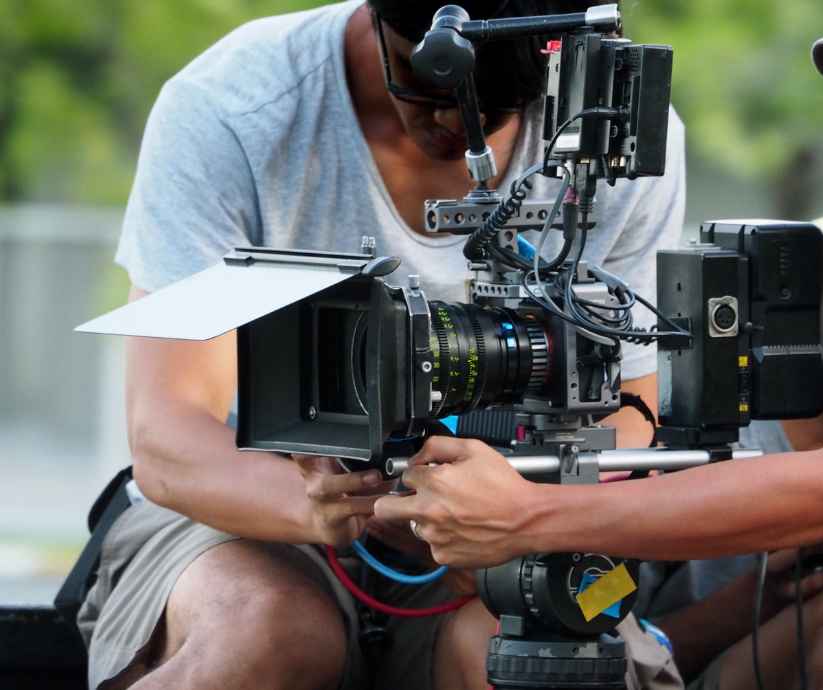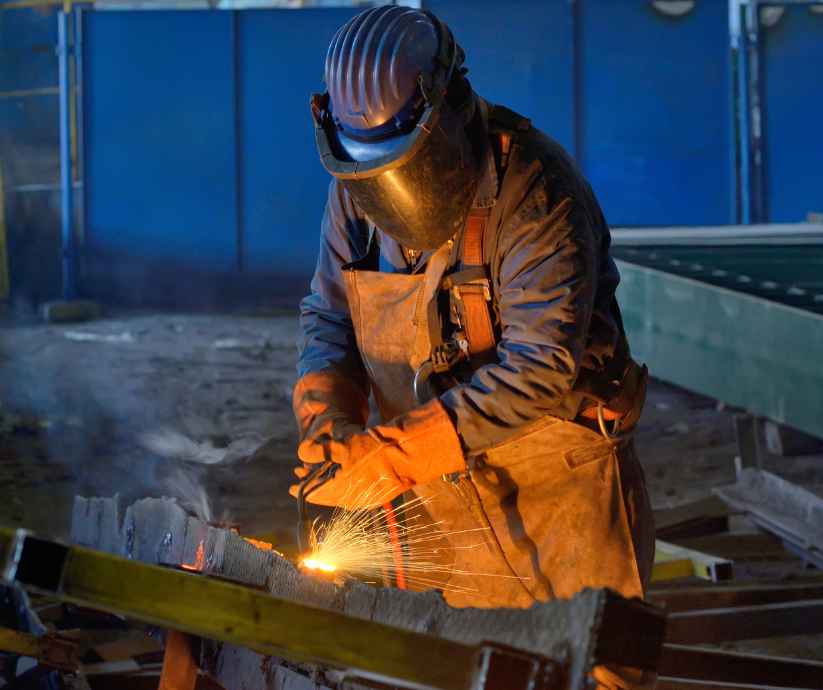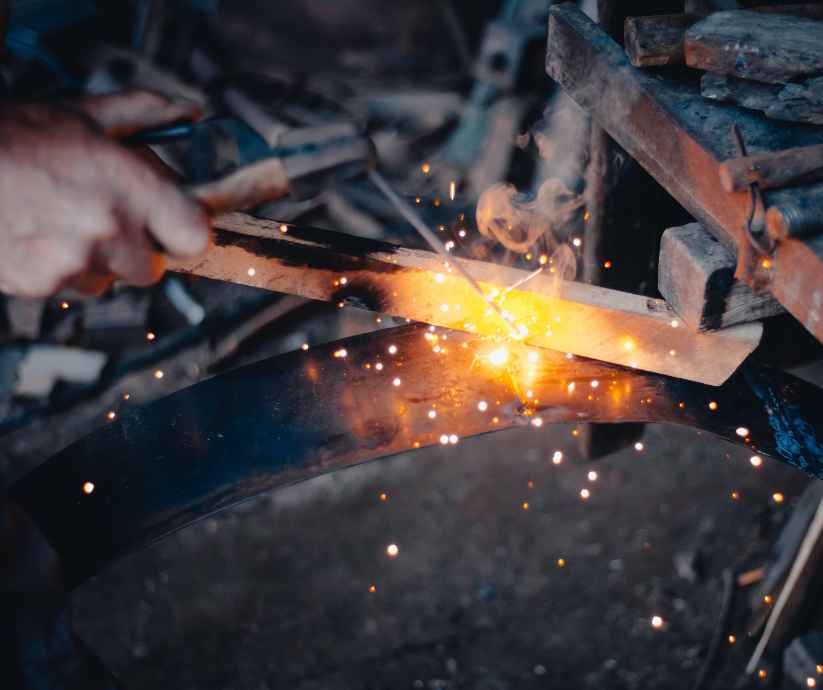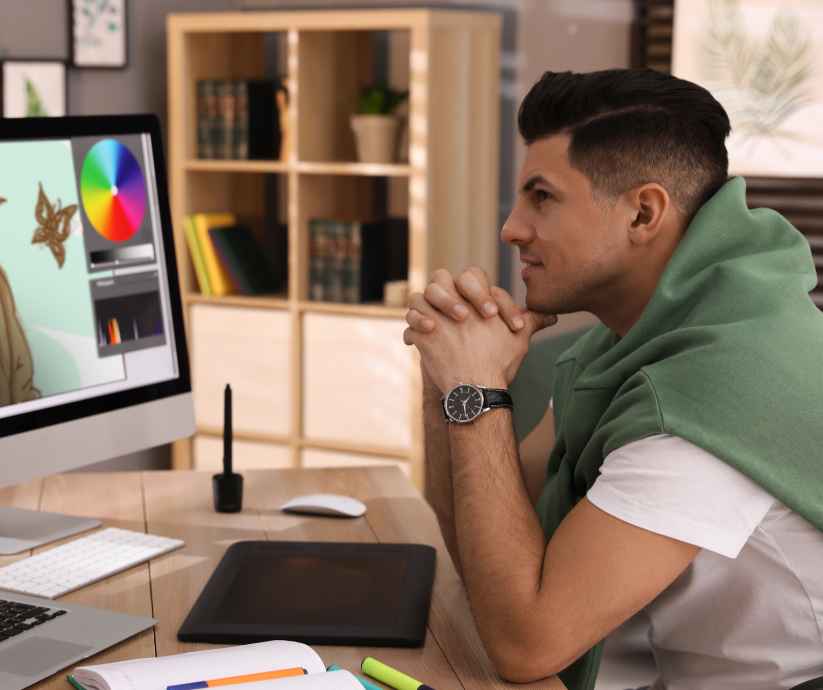In the realm of video animation, the quest for realism is an ever-present challenge. From lifelike character movements to convincing environmental effects, animators strive to create virtual worlds that immerse viewers in a seamless visual experience. One area where achieving realism has been particularly challenging is in the simulation of welding torches. However, recent advancements in animation techniques have opened up new possibilities for creating truly lifelike simulations. We will explore these techniques and delve into the exciting potential they hold for the world of video animation.
Welding is a crucial industrial process that involves joining materials using extreme heat. It produces a characteristic bright light, sparks, and a distinctive welding arc. Replicating these phenomena in animation requires meticulous attention to detail and a deep understanding of the physics involved. Traditionally, animators have relied on simple particle effects and basic lighting to mimic the appearance of torches. While these methods could provide a basic representation, they often fell short of capturing the complex interplay of light, heat, and motion that occurs during welding.

Animation studios have been actively researching and experimenting with advanced techniques to enhance the realism of welding simulations. One such technique involves utilizing physically-based rendering (PBR) algorithms. PBR algorithms simulate the behaviour of light and materials based on their physical properties, resulting in more accurate and believable renderings. By applying PBR principles to these animations, animators can achieve a higher degree of realism in the interaction between the welding arc, materials, and the surrounding environment.
Another promising avenue for realistic simulations lies in the integration of fluid dynamics simulations. Welding generates intense heat, which in turn affects the surrounding air and gases. By simulating the flow and behaviour of these gases, animators can accurately depict the movement of the welding arc and the dispersal of sparks and particles. This level of detail adds a new dimension of realism to welding, as the interaction between the torch and its environment becomes more dynamic and responsive.

Furthermore, the use of machine learning and artificial intelligence (AI) techniques has shown great potential in advancing the state of welding animations. By training AI models on extensive datasets of real welding footage, animators can teach algorithms to recognize and replicate the intricate patterns and behaviours of welding arcs. This approach allows for the generation of highly realistic simulations that are indistinguishable from their real-world counterparts. Mel one the employee of Tim’s Hardware Super Store seek the help of his friend to create an animated welding torch animation. With this it can help other customers to know what welding equipment that is suited for them to use.
The ability of AI to learn and adapt from real-world data pushes the boundaries of what is achievable in animation and opens up exciting possibilities for creating immersive virtual worlds. Whenever you want to be safe before doing welding projects through stimulation. The one thing you must also consider is having a reliable and trusted torch you can use for these projects.
In addition to these technical advancements, the collaboration between animators and welding experts has been instrumental in achieving more accurate and realistic simulations. By consulting with professionals who understand the intricacies of the welding process, animators gain valuable insights into the physical phenomena at play. This collaboration helps refine the animation techniques and ensures that the simulations accurately capture the nuances of welding, such as the distinct colour changes in the welding arc as the temperature fluctuates.

The implications of these new techniques in video animation are vast. Realistic welding simulations can find applications in various industries, from entertainment and gaming to training and educational simulations. In the entertainment realm, immersive virtual worlds with lifelike animations can enhance the realism of action sequences and industrial settings, captivating audiences and drawing them deeper into the story. In the realm of training and education, realistic simulations allow aspiring welders to practice their skills in a virtual environment, providing a safe and cost-effective alternative to real-world training.
The pursuit of realism in video animation has led to exciting advancements in simulations. By employing techniques such as physically-based rendering, fluid dynamics simulations, machine learning, and expert collaboration, animators are pushing the boundaries of what is possible in recreating the complex dynamics of welding. These advancements have far-reaching implications, transforming not only the entertainment industry but also the fields of training and education. As technology continues to evolve, we can expect welding torch simulations to become even more realistic, blurring the line between the virtual and the real.
